The National Parks Of Zimbabwe
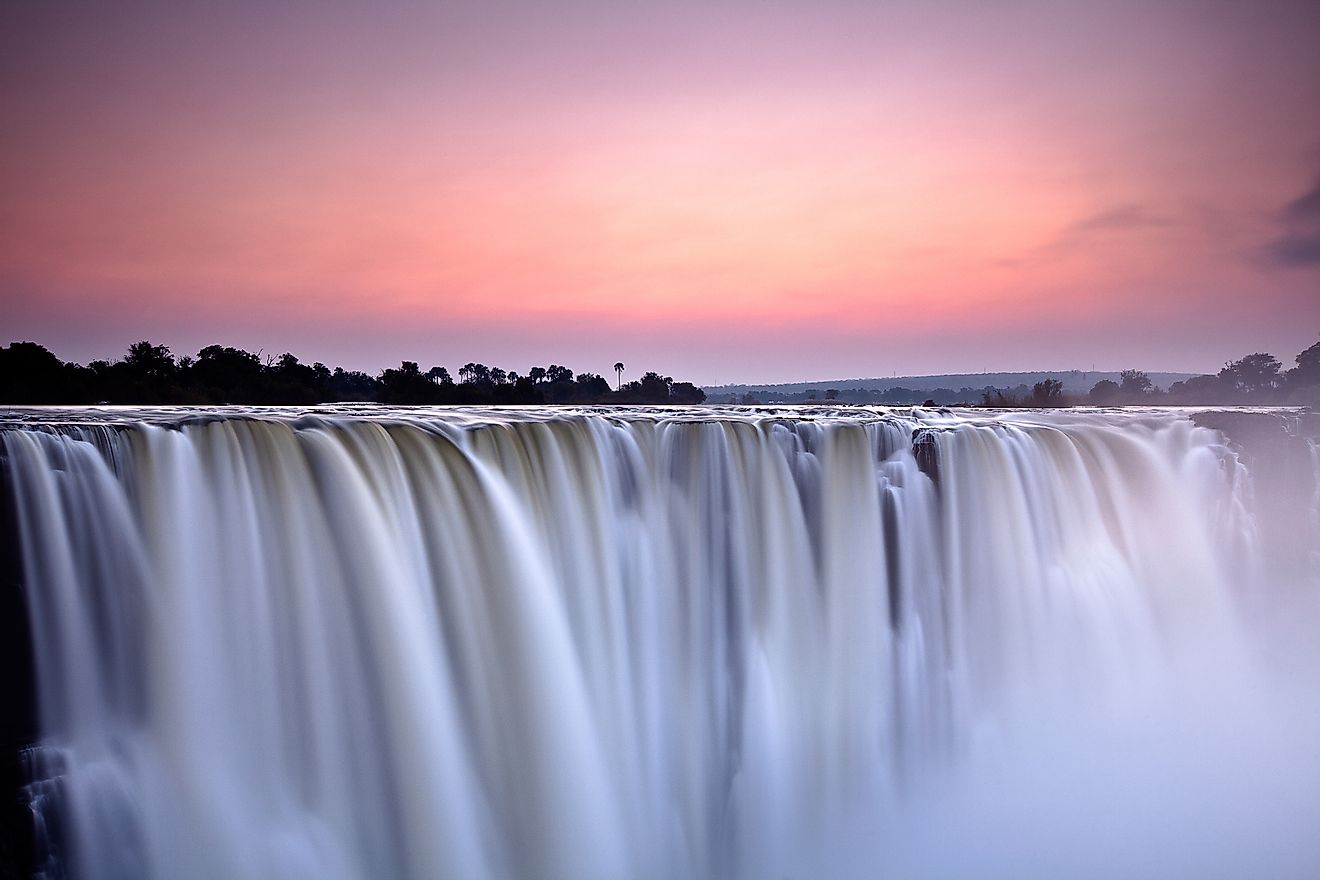
11. Zambezi National Park
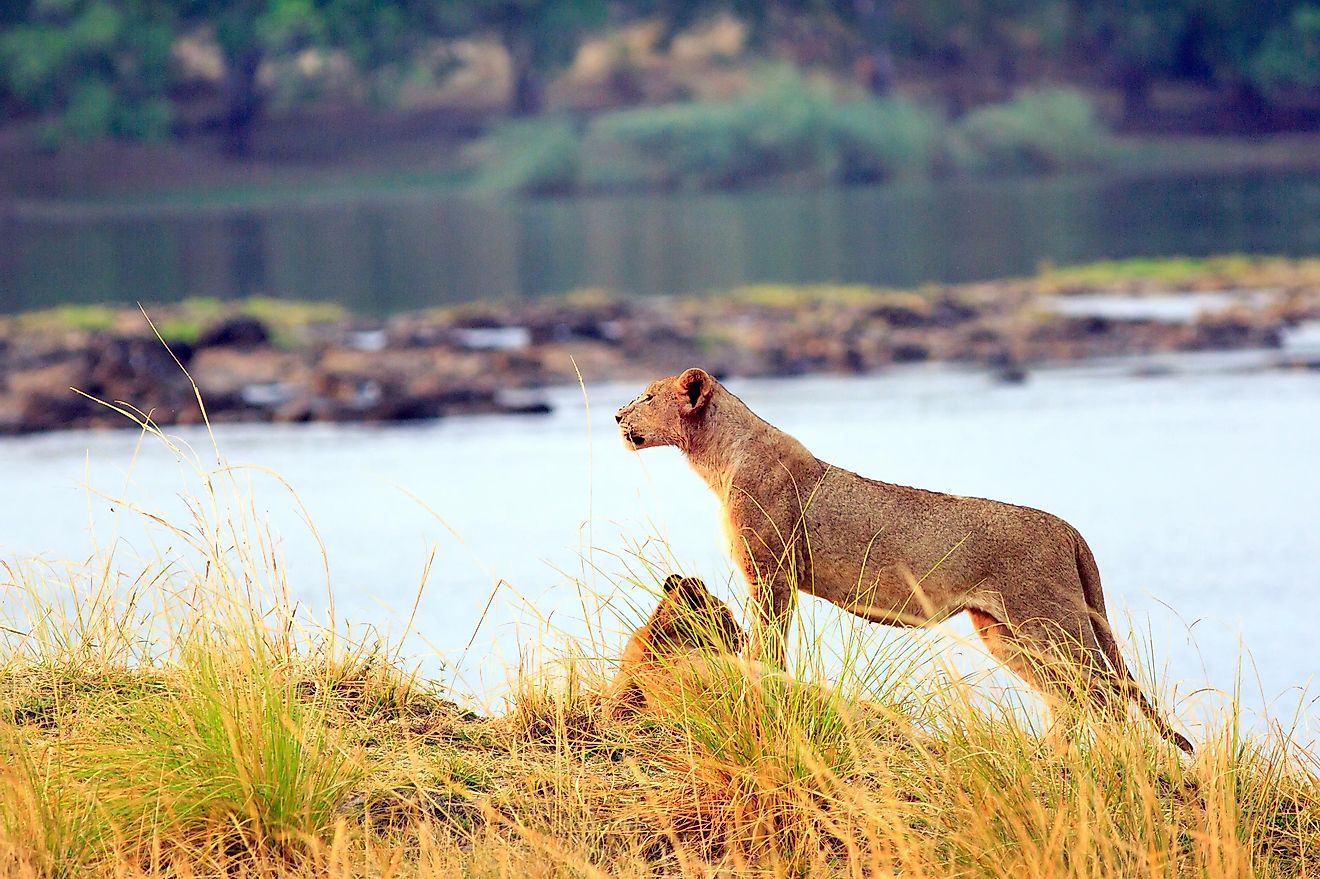
The Zambezi National Park, one of the most famous national parks of Zimbabwe, is located on the banks of the Zambezi River, upstream from Victoria Falls. The national park occupies an area of 56,000 hectares and is divided into two sections (the Chamabonda Vlei side and the riverine side) by a road to Kazungula.
The Zambezi National Park hosts a rich biodiversity including megafauna like the African elephant, leopard, Cape buffalo, and lions. Giraffes, impalas, waterbucks, kudus, zebras, elands, sable antelopes, and other mammals also inhabit the park. A great diversity of birds like the lanner falcon, long-toed lapwing, African finfoot, rock pratincole, collared palm thrush, etc., can be observed here.
10. Nyanga National Park (Mutarazi Falls National Park)
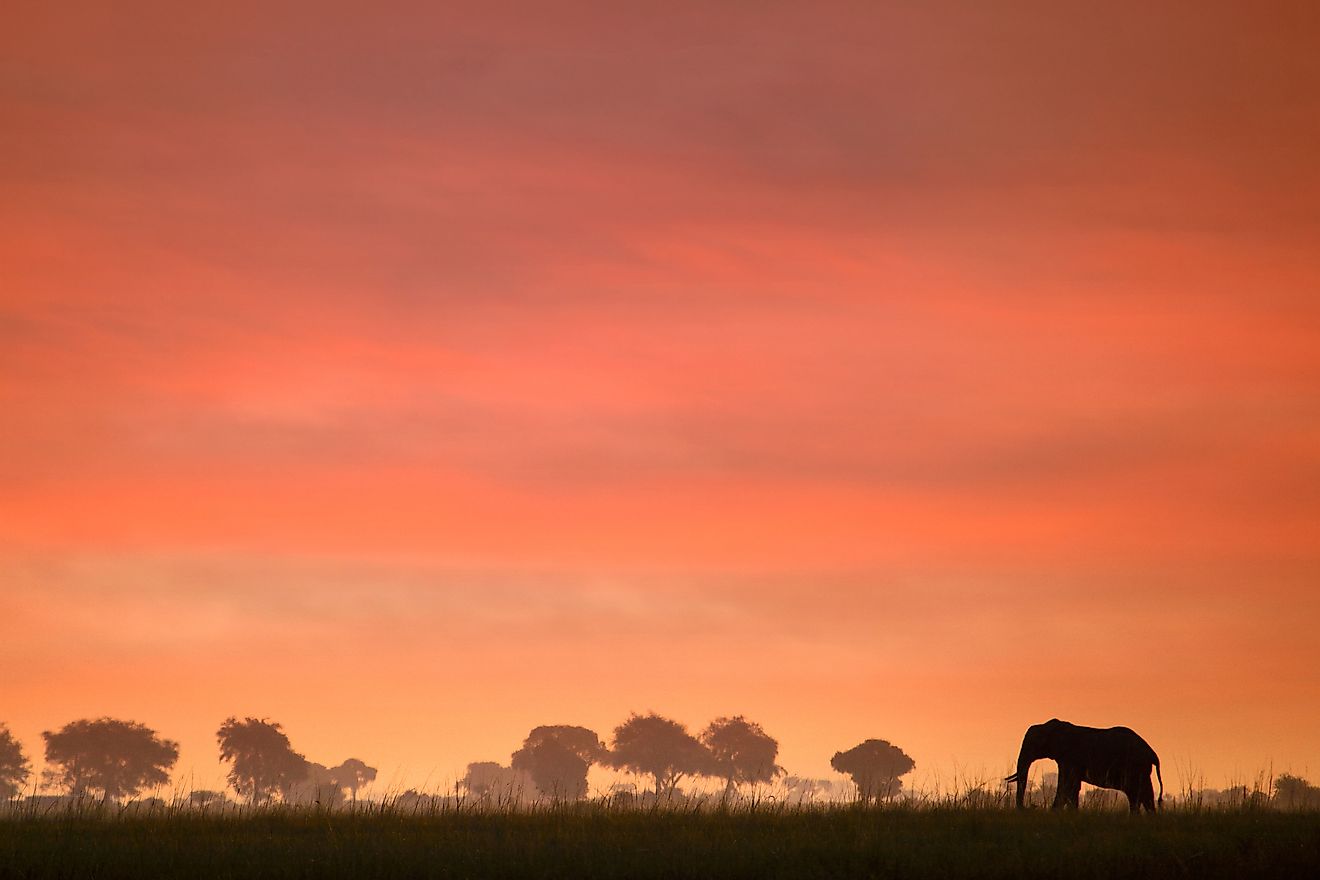
To the north of the Eastern Highland of Zimbabwe lies the Nyanga National Park. It is one of the oldest national parks in the nation and encompasses the highest elevation of Zimbabwe. Green hills and perennial rivers beautify the landscape of this national park. The highest point of the country, Mount Nyangani, and the highest waterfall in the country, Mutarazi Falls, are located within the park.
The Eastern Zimbabwe montane forest-grassland mosaic constitutes the type of vegetation in the Nyanga National Park. The park also features a remarkable diversity of fauna. Kudu, klipspringer, African clawless otter, Samango monkeys, Inyangani river frog, reedbuck, hyena, leopard, blue duiker, etc., are some of the rare and unique fauna living in the Nyanga National Park. Ancient archeological sites also lie within the boundaries of the national park. Tourist facilities available in the park include rest camps, caravan park, camping grounds, etc.
9. Matusadona National Park
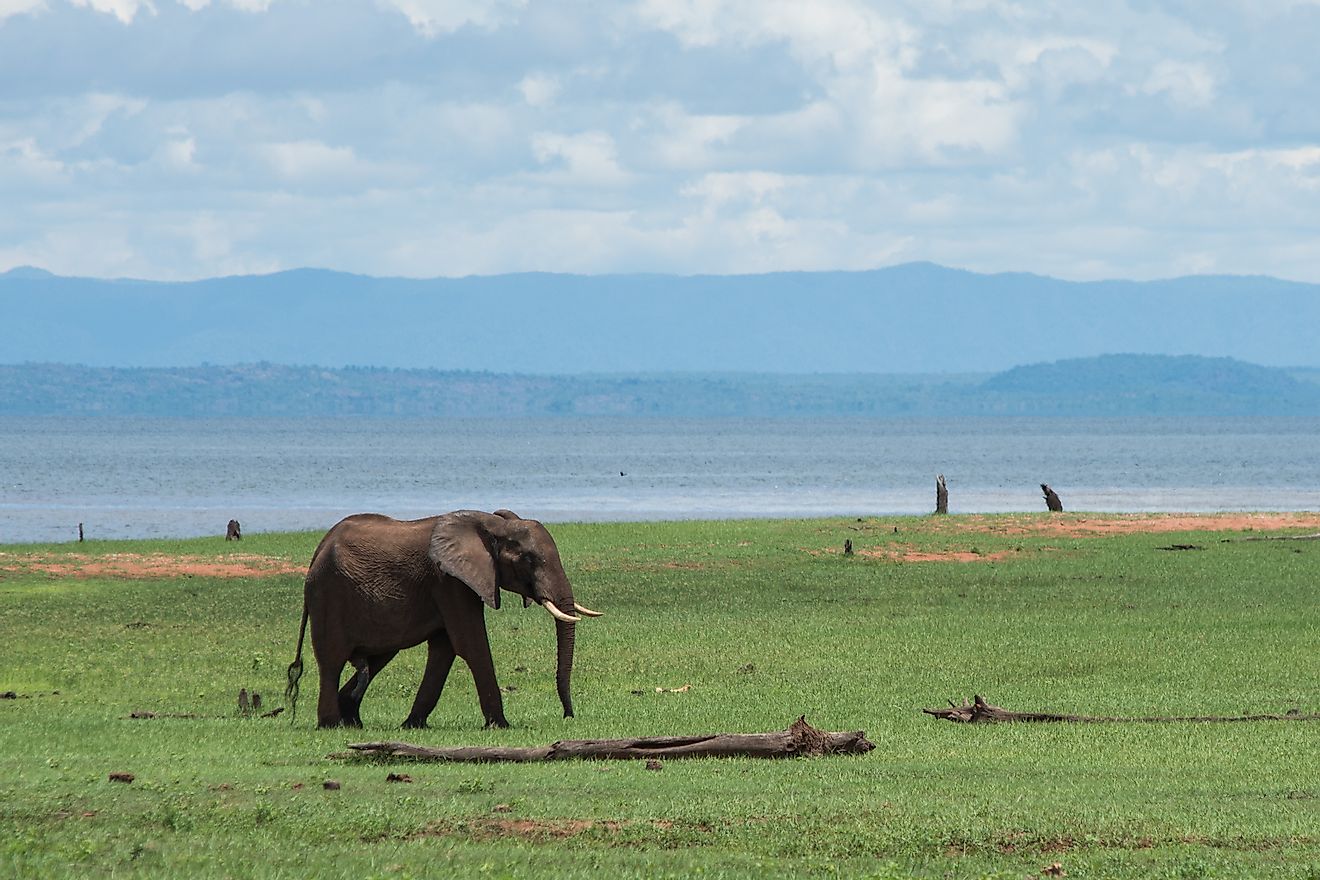
The Matusadona National Park is a northern Zimbabwean national park located on Lake Kariba’s southern shores. The national park features three distinct ecoregions, the Lake Kariba and its surroundings, the Zambezi Valley, and the Escarpment area. Elephants, buffaloes, black rhinoceros, leopards, kudus, warthogs, bushbuck, etc., are some of the fauna that thrive within the boundaries of the national park.
8. Matobo National Park
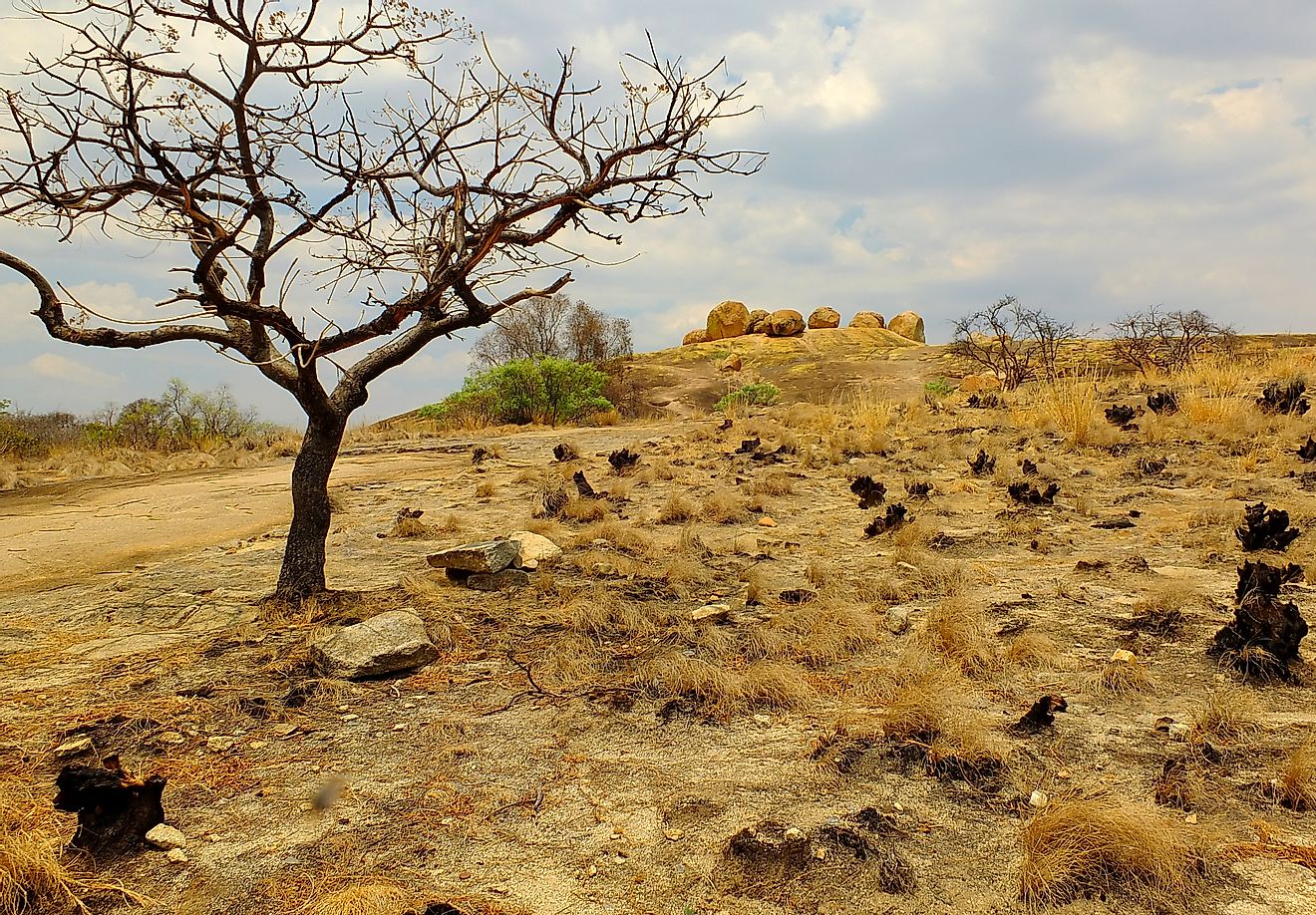
The Matobo National Park lies at the core of the Matobo, a landscape of wooded valleys and granite kopjes located in southern Zimbabwe. The park is part of the bushveld ecoregion of southern Africa. 424 square km of this hilly 3100 square km area is occupied by the national park. A 100 square km of the national park is stocked with game like the white rhinoceros.
Over 200 species of trees including wild pear, paperbark tree, mountain acacia, wild herbs, etc., have been recorded here. 175 bird types, 39 snake, 16 fish, and 88 mammalian species also inhabit the Matobo National Park. White rhinos, leopards, zebras, wildebeest, ostriches, giraffers, hyenas, hyrax, and more call the park their home. Several ancient settlements and cave shelters of ancient bushmen with rock painting also attract tourists to the region. Hiking, running, horse-riding, fishing, camping, etc., are some of the many activities that can be enjoyed by tourists visiting this national park.
7. Mana Pools National Park
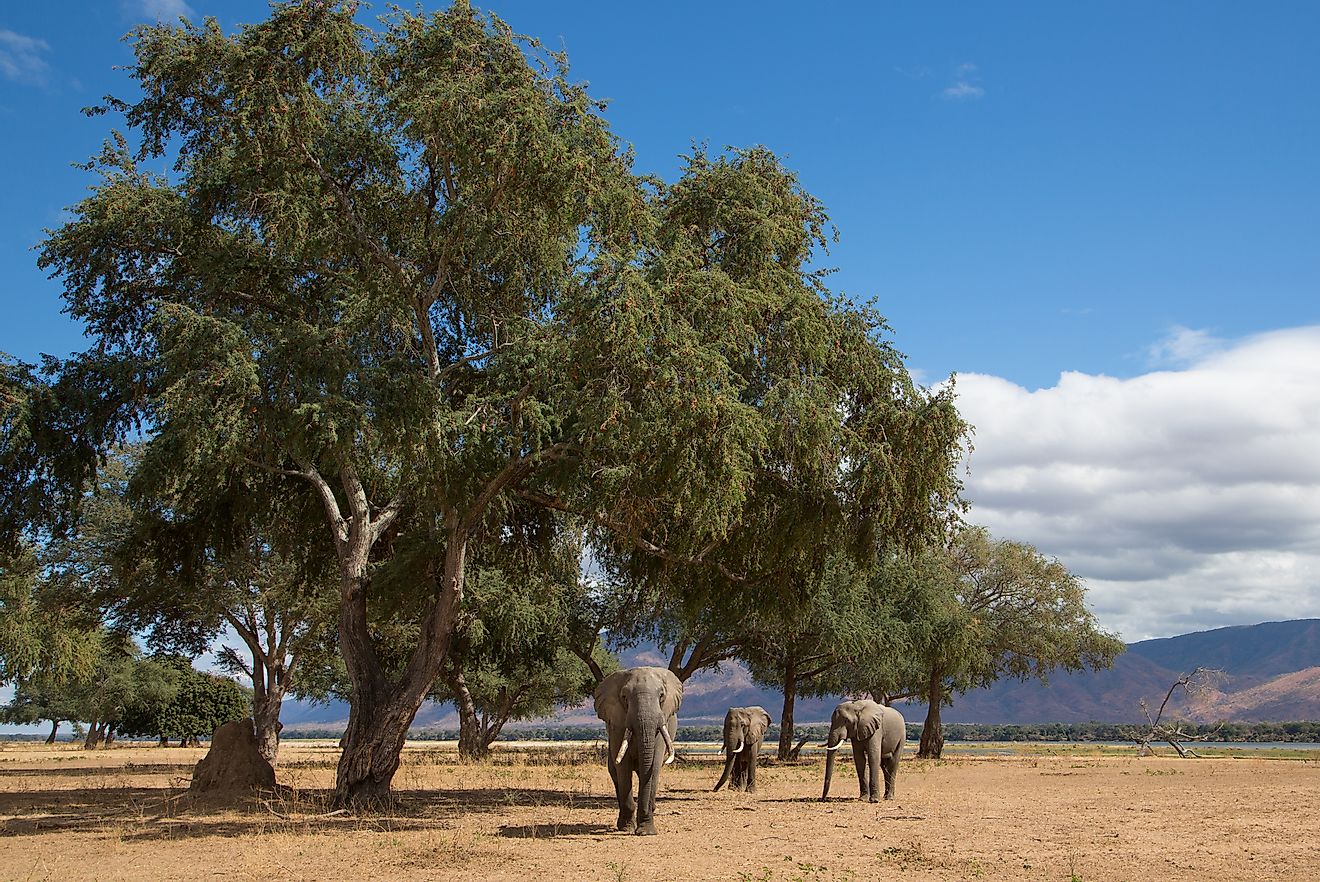
Mana Pools National Park is 219,600 hectares and is located in northern Zimbabwe. The landscape of the national park features a large number of lakes that form in the lower reaches of the Zambezi River. During the dry season, the lakes dry up and recede. During this time, a large number of wild animals arrive here in search of water. Thus, it acts as one of the best wildlife-viewing regions in the country. Together with the Sapi Safari Area and the Chewore Safari Area, the Mana Pools National Park was inscribed as a UNESCO World Heritage site in 1984. It is also a Ramsar wetland of international importance.
6. Kazuma Pan National Park
The Kazuma Pan National Park lies to the extreme north-western corner of Zimbabwe and occupies an area of 77,345 acres. The national park features plains scenery with sparse but significant mammalian populations and good visibility. Lions, leopards, gemsbok, African elephant, white rhinoceros, roan antelope, sable antelope, cheetah, African wild dog, common eland, common zebra, etc., are some of the animals inhabiting the Kazuma Pan National Park. A large number of birds like crowned cranes, cormorants, storks, kingfishers, ducks, and more also reside in the park.
5. Gonarezhou National Park
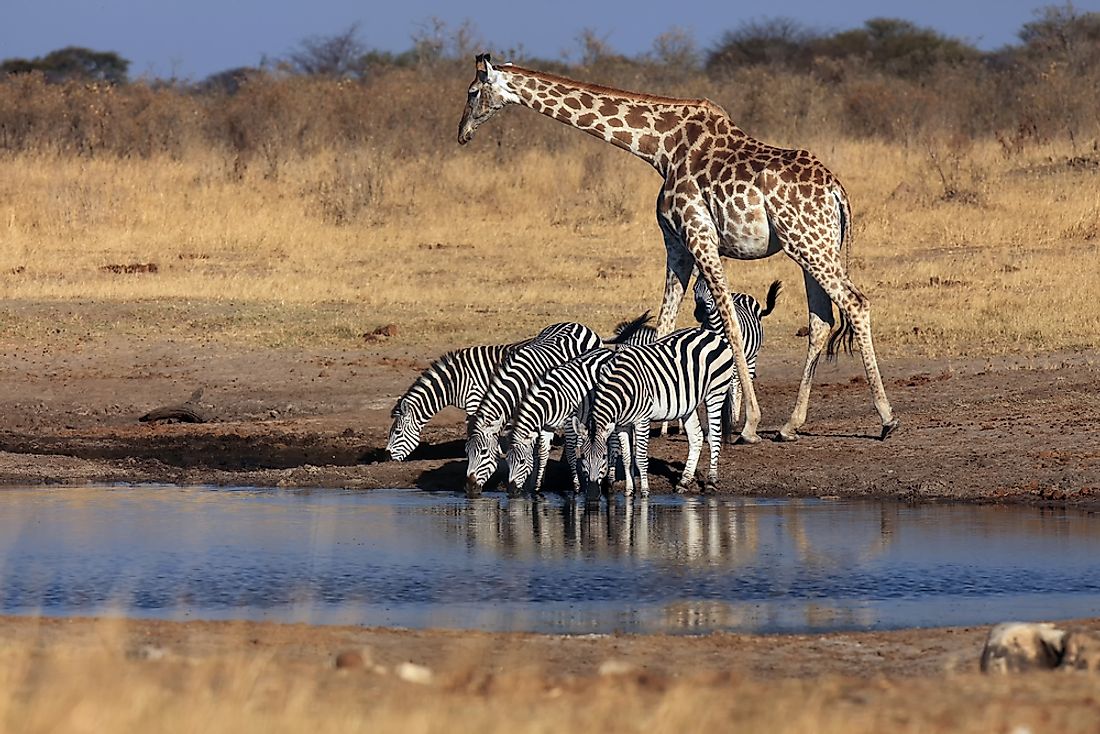
Gonarezhou National Park is in south-eastern Zimbabw. Large tracts of this national park represent areas of pristine wilderness due to the remote location, vast size (5,053 square km), and rugged terrain of the national park. Zambezian and Mopane woodlands features in the park’s north-eastern end while the Southern African bushveld ecoregion encompasses the southwestern region of the national park. Cape buffalo, zebra, lion, cheetah, hyena, white rhinoceros, giraffe, hippopotamus, elephant, etc., are some of the notable animals inhabiting the Gonarezhou National Park.
4. Chizarira National Park
Chizarira National Park, occupying an area of 490,000 acres, is the country’s third-largest national park. Its isolated location on the Zambezi Escarpment makes it one of the lesser known national parks in the country. The northern and southern sections of the park lie in two distinct ecoregions, the Southern Miombo woodlands and the Zambezian and Mopane woodlands ecoregion. African megafauna like the lion, Cape buffalo and African elephant thrive here. Hundreds of species of birds have been sighted in the national park. Some notable ones include the African pitta, yellow-spotted nicator, African broadbill, Livingstone's flycatcher, etc. Sadly, due to the remoteness of the park and lesser tourist footfall, poachers have found entry to the park and used it to their advantage.
3. Chimanimani National Park
Chimanimani District is a mountainous area in eastern Zimbabwe’s Manicaland province. The region houses the Chimanimani National Park in the southernmost area of the Eastern Highlands and protects the unique ecosystem of the region. The national park is one of the finest hiking destinations and mountain wilderness areas in the country. Wild orchids, tree ferns, cycads, and strelitzias are some of the trees growing here.
2. Victoria Falls National Park
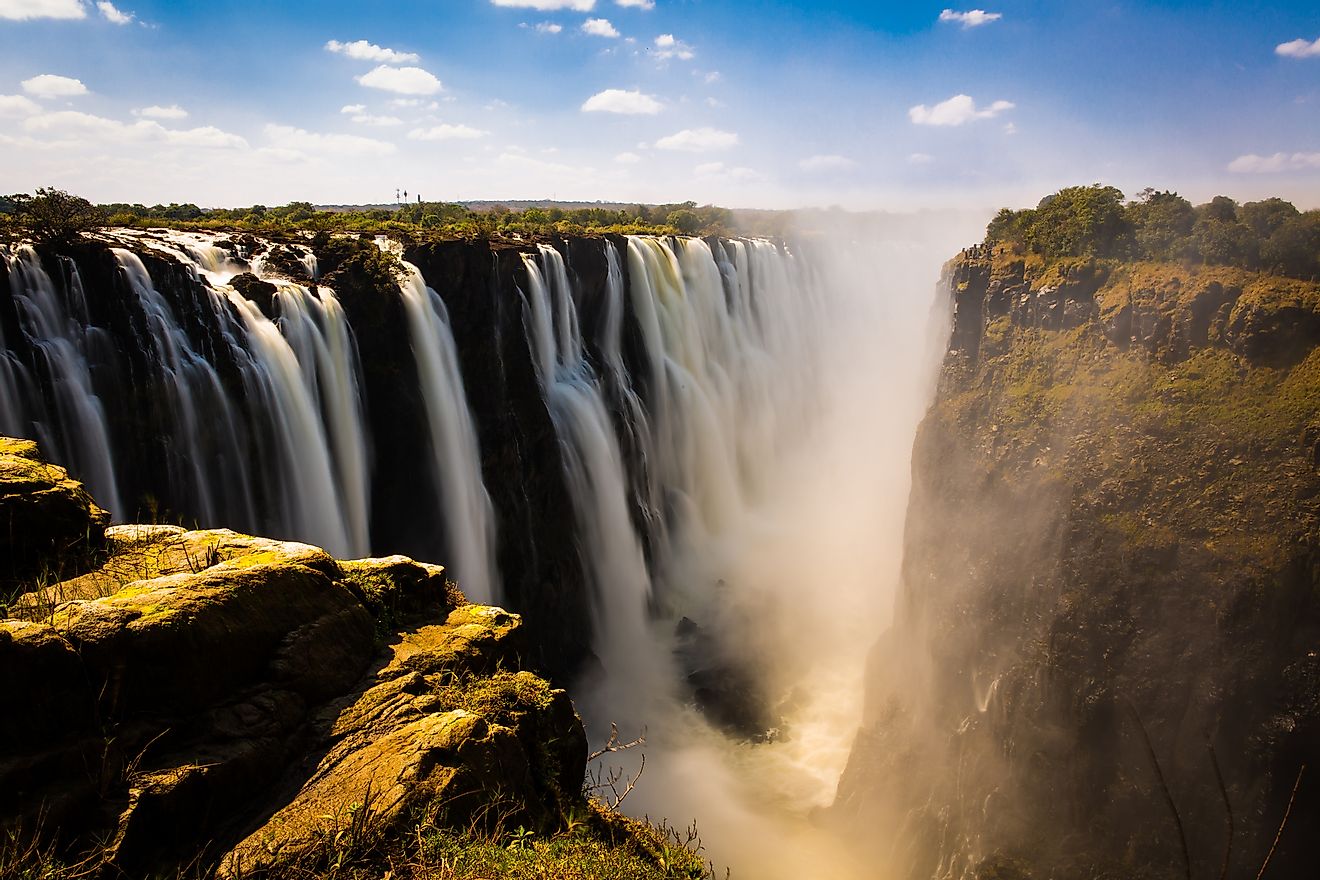
The Victoria Falls National Park is a Zimbabwean national park located in the north-western parts of the country. The park protects the significant ecosystem to the east and south banks of the Zambezi River. The rainforest growing in the spray of the falls is the most notable feature of this national park. Ferns, liana vines, palms, and trees like mahogany grow in this rainforest. The Victoria Falls National Park is a favorite tourist destination in the country and offers tourists the opportunity to view African megafauna like the hippopotamus, southern white rhinoceros, Cape buffalo, elephant, a large variety of antelopes, crocodiles, and more.
1. Hwange National Park
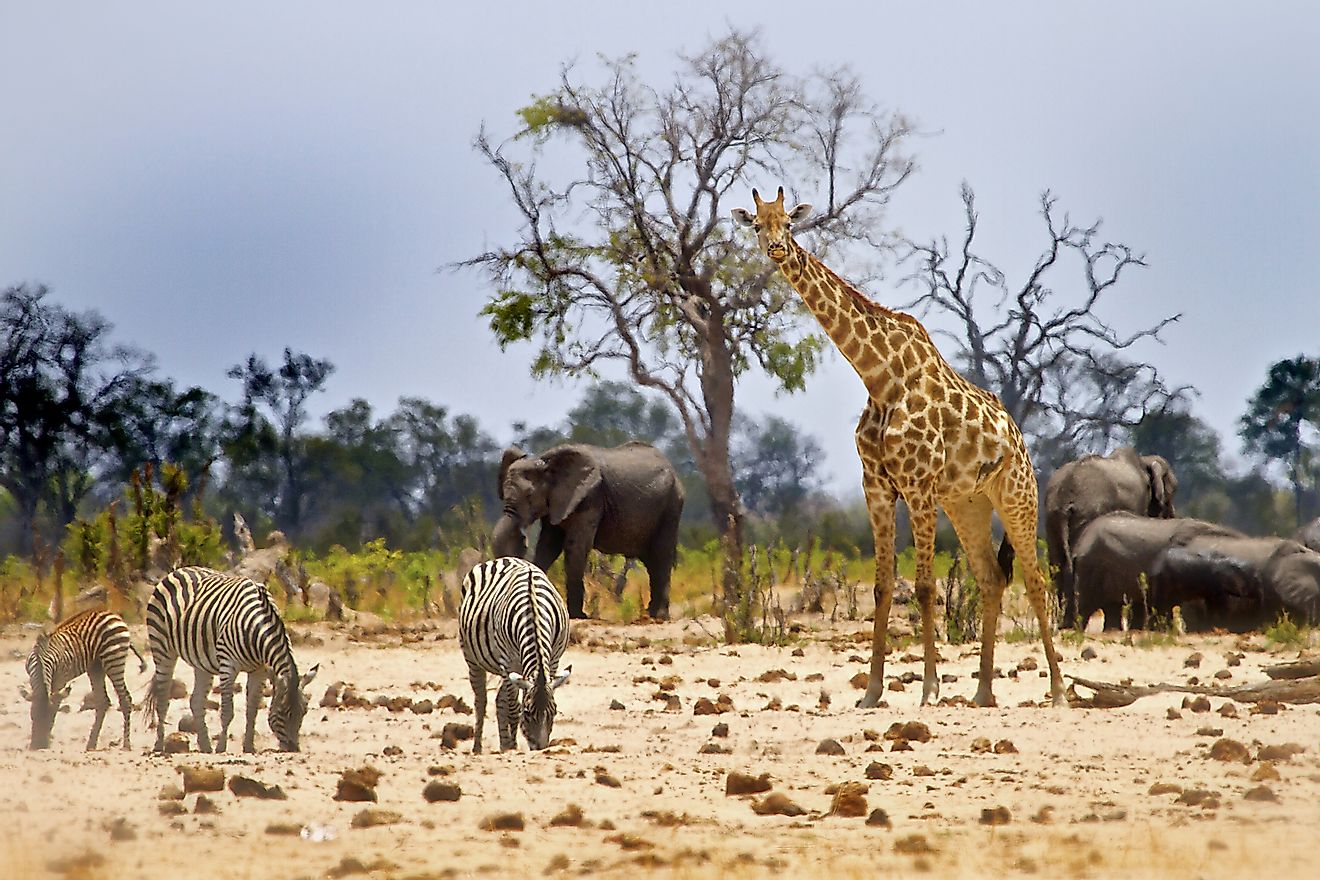
The Hwange National Park is Zimbabwe’s largest game reserve. It lies on the main road between the Victoria Falls and Bulawayo. The park is a popular tourist spot and attracts a large number of wildlife enthusiasts from different parts of the world. Sadly, the park has witnessed a number of poaching incidents recently. In October 2013, a large number of elephants were killed by cyanide poisoning of their waterhole, the worst poaching incident in Southern Africa in 25 years. Also, on July 1, 2015, Cecil, a lion who had lived in the Hwange National Park for 13 years was killed illegally by a trophy hunter. The action led to worldwide protests and social media shaming of the hunter, Dr. Walter Palmer. These incidents reveal the immediate need of stronger protective measures to conserve the precious wildlife of the national park.







